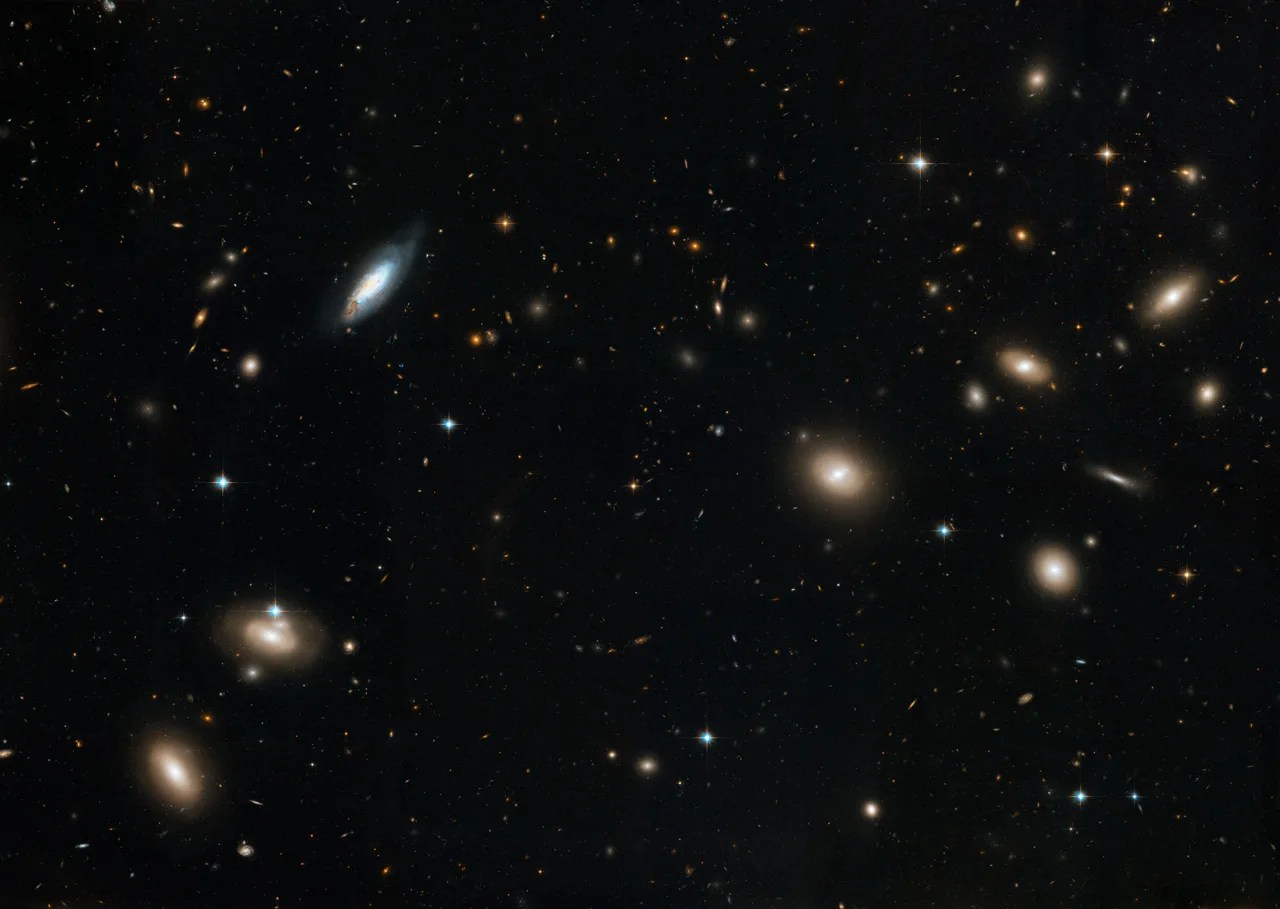Gamma-ray bursts are the brightest, most violent explosions in the universe, but they can be surprisingly tricky to detect. Our eyes can’t see them because they are tuned to just a limited portion of the types of light that exist, but thanks to technology, we can see even the highest-energy form of light in the cosmos – gamma rays.
So how did we discover gamma-ray bursts?
Accidentally!
We didn’t actually develop gamma-ray detectors to peer at the universe – we were keeping an eye on our neighbors! During the Cold War, the United States and the former Soviet Union both signed the Nuclear Test Ban Treaty of 1963 that stated neither nation would test nuclear weapons in space. Just one week later, the US launched the first Vela satellite to ensure the treaty wasn’t being violated. What they saw instead were gamma-ray events happening out in the cosmos!
Things Going Bump in the Cosmos
Each of these gamma-ray events, dubbed “gamma-ray bursts” or GRBs, lasted such a short time that information was very difficult to gather. For decades, their origins, locations and causes remained a cosmic mystery, but in recent years we’ve been able to figure out a lot about GRBs. They come in two flavors: short (less than two seconds) and long (two seconds or more). Short and long bursts seem to be caused by different cosmic events, but the end result is thought to be the birth of a black hole.
Most short GRBs are created by binary neutron star mergers. Neutron stars are the superdense, leftover cores of really massive stars that have gone supernova. When two of them crash together (long after they’ve gone supernova) the collision releases a spectacular amount of energy before producing a black hole. Astronomers suspect something similar may occur in a merger between a neutron star and an already-existing black hole.
Long GRBs account for most of the bursts we see and can be created when an extremely massive star goes supernova and launches jets of material at nearly the speed of light (though not every supernova will produce a GRB). They can last just a few seconds or several minutes, though some extremely long GRBs have been known to last for hours!
A Gamma-Ray Burst a Day Sends Waves of Light Our Way!
NASA’s Fermi Gamma-ray Space Telescope detects a GRB nearly every day, but there are actually many more happening – we just can’t see them! In a GRB, the gamma rays are shot out in a narrow beam. We have to be lined up just right in order to detect them, because not all bursts are beamed toward us – when we see one it’s because we’re looking right down the throat of the gamma-ray jet. Scientists estimate that there are at least 50 times more GRBs happening each day than we detect!
So what’s left after a GRB – just a solitary black hole? Since GRBs usually last only a matter of seconds, it’s very difficult to study them in-depth. Fortunately, each one leaves an afterglow that can last for hours or even years in extreme cases. Afterglows are created when the GRB jets run into material surrounding the star. Because that material slows the jets down, we see lower-energy light, like X-rays and radio waves, that can take a while to fade. Afterglows are so important in helping us understand more about GRBs that NASA’s Neil Gehrels Swift Observatory was specifically designed to study them!

In 2017, from 130 million light-years away, Fermi witnessed a pair of neutron stars collide, creating a spectacular short GRB. What made this burst extra special was the fact that ground-based gravitational wave detectors LIGO and Virgo caught the same event, linking light and gravitational waves to the same source for the first time ever!






































